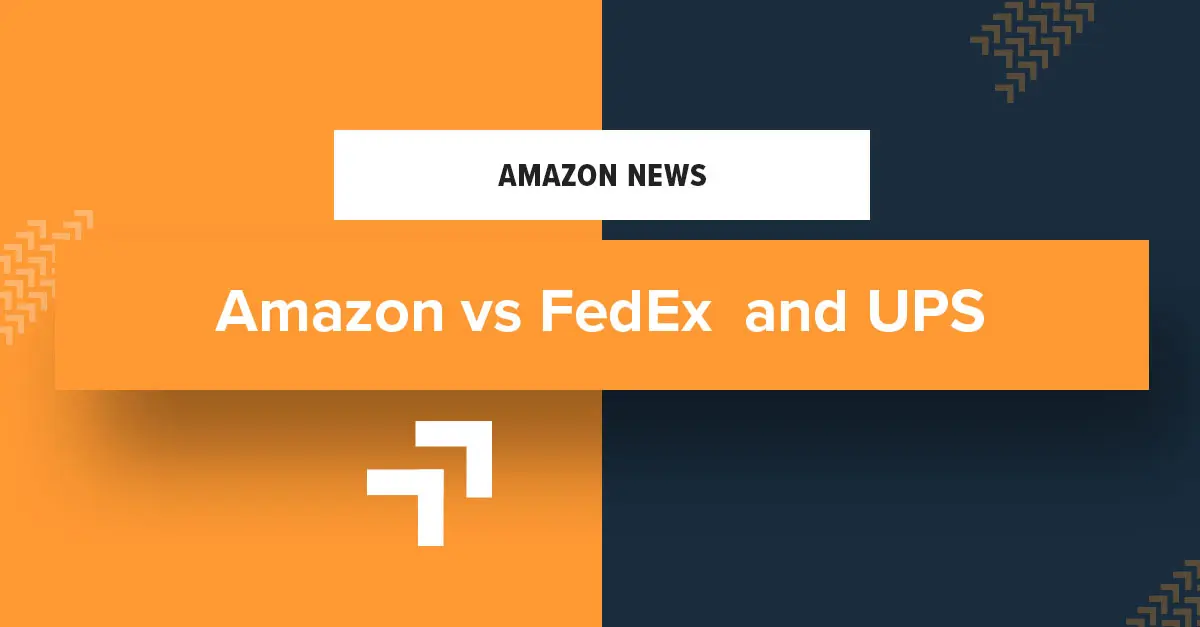Amazon is going after FedEx and UPS with steep discounts as it looks to court more sellers to try its pilot shipping service that launched this year, reports CNBC.
Ray Berman, an Amazon seller who was recently invited to the program, said the rates were as much as 50 percent cheaper than those offered by UPS. He said for a shipment of 600 pounds of boxes from his warehouse to Amazon’s fulfillment center, Amazon charged only $80 — much lower than UPS’ $160 and FedEx’s $104.
“I was amazed by it,” Berman told CNBC. “It could be a real savings in overall cash flow.”
The discount shows how far Amazon is willing to go to build out the initial customer base of its own shipping service that competes directly with FedEx and UPS.
Although Amazon has long played down its shipping ambitions — saying its own delivery service is only meant to “supplement” existing partners — the aggressive pricing could be an indication of its plan going far beyond that.
“This is the typical Amazon playbook,” said Jerry Kavesh, CEO of 3P Marketplace Solutions, a consulting firm for Amazon marketplace sellers. “They decided there’s an opportunity — and they’re willing to buy their way in.”
Low rates and quick pickup
The program is called “Amazon Shipping,” according to a screenshot of the service description seen by CNBC. It currently handles only small package shipments between third-party merchants and Amazon warehouses in the Los Angeles area and does not include final delivery to customers’ homes. A similar test project was reported by The Wall Street Journal earlier this year.
The invitation to the program says the current rates are “promotional pricing,” hinting they could rise. It’s also possible the level of discounts could be different depending on the size of shipments.
Still, Amazon seems to be highlighting the low rates and quick 24-hour pickup time as the main selling points for its service.
In an emailed statement, Amazon’s spokesperson confirmed the test program is focused on the Los Angeles area and that it’s designed to help sellers speed up their inventory shipments to Amazon warehouses and product availability to customers.
Amazon has doubled down on expanding its logistics network in recent years. It has entered the ocean freight business, added its own fleet of trucks and leased dozens of aircraft to handle parts of its massive amount of shipments. It is also delivering more packages to the customers through independent contractors and new initiatives like Amazon Flex, which depends on hourly drivers.
+86 15546883080 (China mainland)
+852 6554 1700 (Hong Kong)  [email protected]
[email protected]
 [email protected]
[email protected]

